ER doctor: Coronavirus treatment is 'an enormous logistical nightmare'
The coronavirus pandemic has stunned the U.S, which has become the global leader in the number of cases.
Making matters worse is the fact that health care professionals are facing numerous challenges including lack of personal protective equipment (PPE), a shortage of ventilators in some areas, and no clear way of how to treat their patients.
“What we’re seeing is an enormous logistical nightmare,” Dr. Jennifer Ellice, an LA-based ER doctor, said on Yahoo Finance’s The First Trade recently (video above). “We’re trying to deal with very sick surges of COVID patients and in addition, we still have to take care of folks with appendicitis, folks who are breaking their legs.”
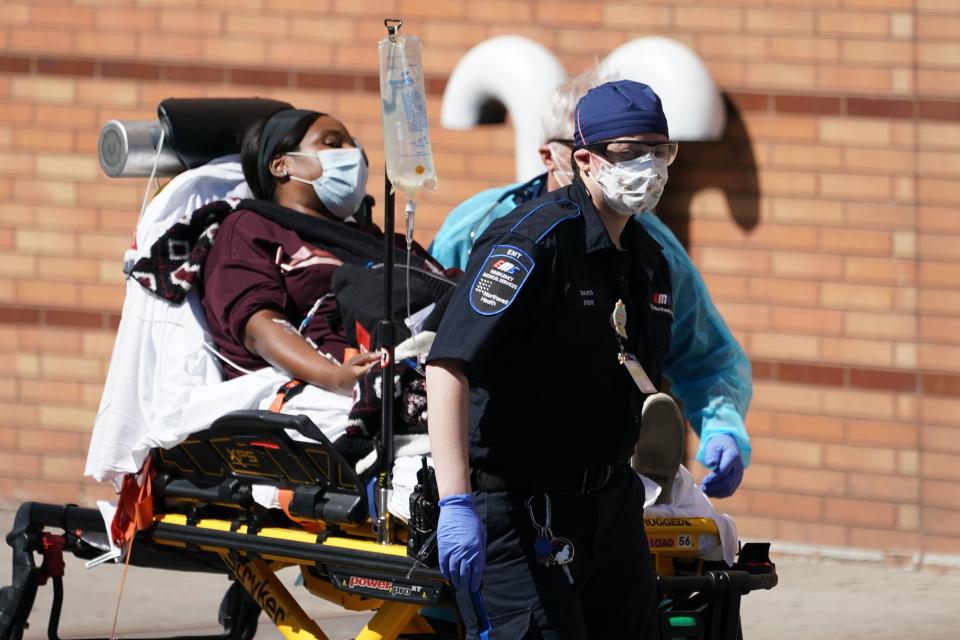
In order to help alleviate an influx of patients at some hospitals, some cities have found alternative locations to treat patients. In New York, the Javits Center was repurposed to start treating patients, and a U.S. Navy ship was deployed to serve as a hospital as well.
“People are getting very sick very quickly,” Ellice said, “and we don’t understand all the aspects of this disease and the natural progression. It is frightening on many fronts.”
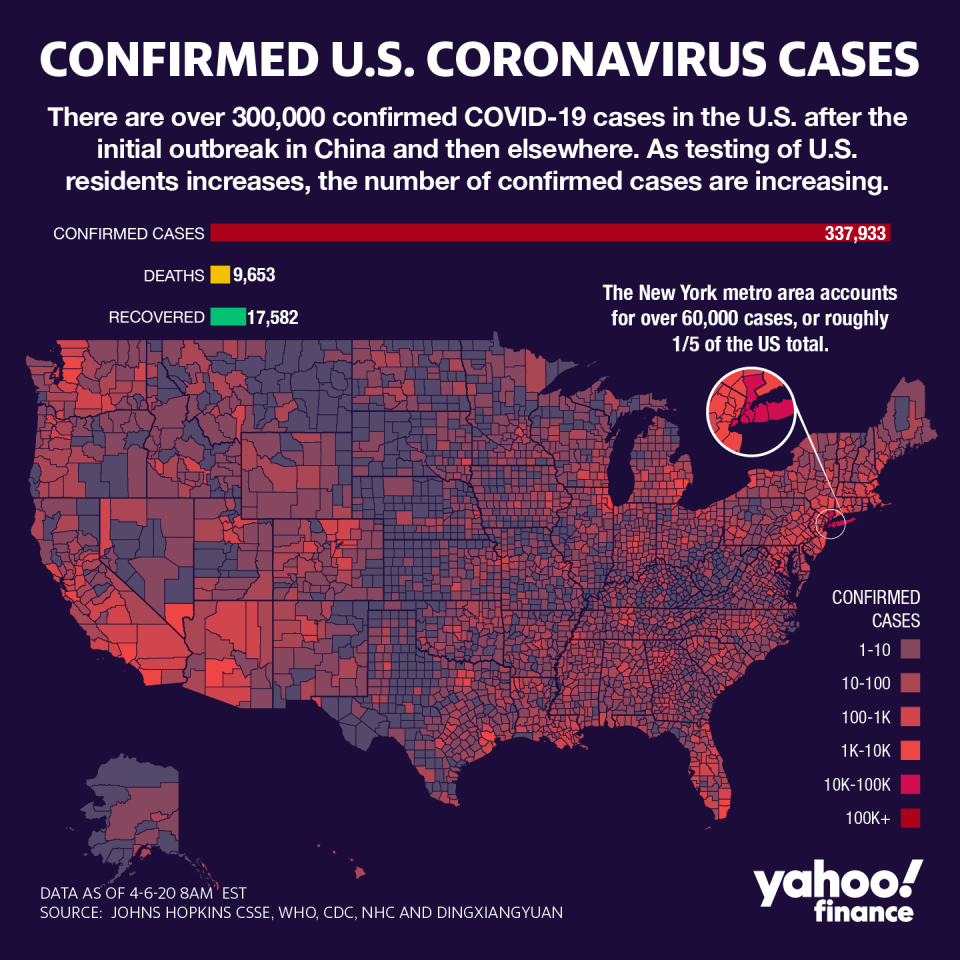
‘We need something so we can communicate quickly’
With assistance from a New York Times reporter, Ellice called on Silicon Valley companies to step up and help medical professionals across the country communicate with each other about what they were seeing on the ground. Slack (WORK), a messaging platform, stepped up to the challenge.
“The response was amazing,” she said. “Within 24 hours of it starting, we had 450 people log in. We have a community now of almost 3000 people. I look forward to seeing it expand even further. It’s an important platform for us. There hasn’t been anything like it in the space. We need something so we can communicate quickly.”
Ellice realized that her and the doctors had both medical and logistical challenges, with one of the main issues being the shortage of PPE.
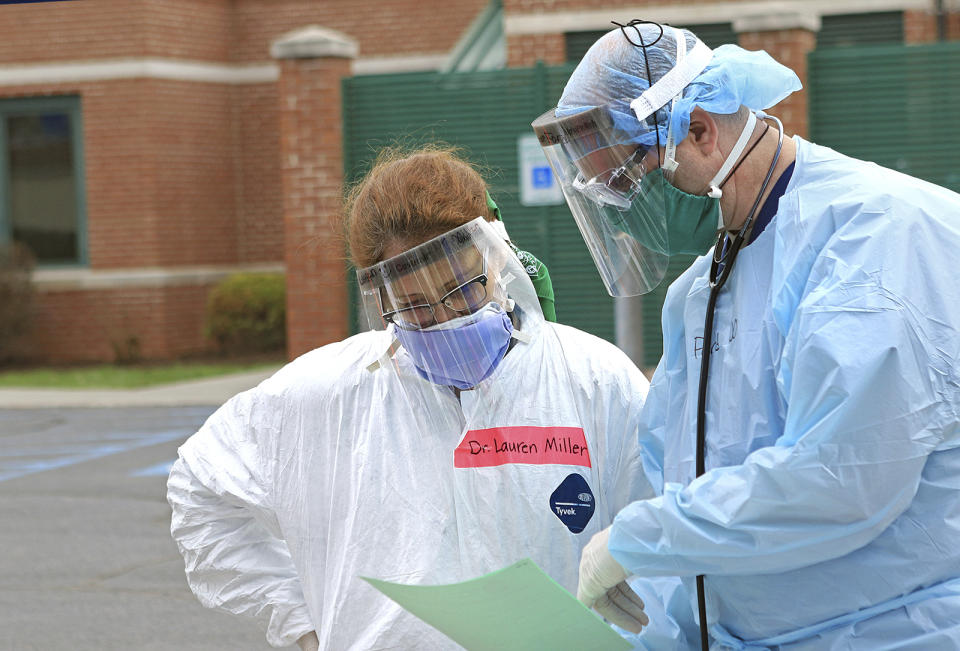
“One of the very first topics that I remember discussing was a doctor in New York who worked at eight different hospitals, had one mask that he had been using for a week,” she said. “He was describing the challenges of trying to intubate and trying to work with patients who are very, very sick without getting exposed himself.”
Other topics that have been discussed are treatment and testing for COVID-19. Normally, Ellice explained, the medical community is able to rely on information disseminated from associations and peer-reviewed journals to figure out effective approaches. But the quick spread of the virus has changed the stakes.
“We are relying on sources from everywhere — WhatsApp from Chinese doctors or talking to our peers from medical school and residency,” she said. “We’re just trying to figure out what we are all seeing and what we need to do to beat this.”
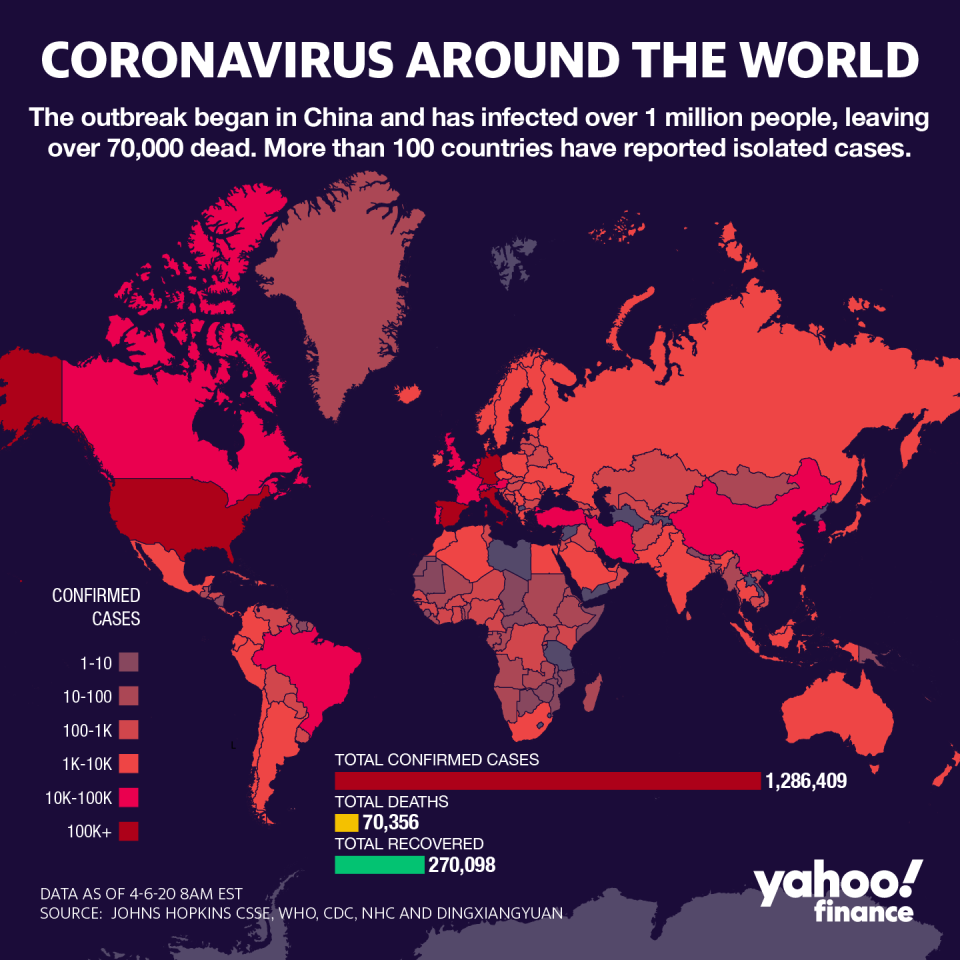
Muted optimism
In California, where Ellice is based, the peak of coronavirus cases is projected to be around April 19, but she noted that the models keep changing. The hope is to buy time for the medical community, because there are concerns that there aren’t enough ventilators in supply, although Ellice said there are enough where she works.
“I think there’s some very muted optimism that we may be bending the curve here on the West Coast in Washington, Oregon, and California,” she said. “As we do, we’ll maybe see that peak get pushed farther out, which is good.”
Some studies have indicated that the virus could go away with warm weather. Although Ellice said it’s “certainly a possibility,” she also expressed caution.
“The northern latitudes have higher populations,” she explained. “So predicting, modeling, determining whether this will go away in the summer is very difficult. As a scientist, I would hesitate to say comfortably if this is going to go away in the summertime. We definitely hope that it will, but again, we can’t predict.”
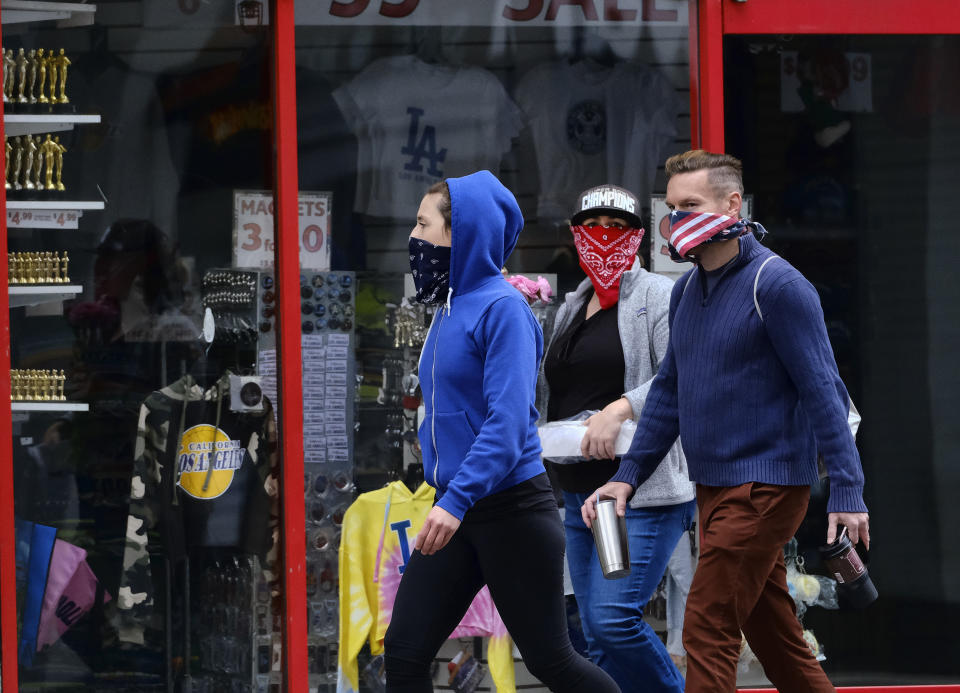
In any case, another question arises: Will the coronavirus come back as seasons change to colder weather near the end of the year?
“This is a very difficult thing for us to predict,” Ellice said. “There’s some concern that with the folks who are now quarantined who aren’t seeing this disease, they may be more vulnerable when or if this disease does come back in the fall. It’s difficult to say how this disease is going to react.”
One thing she does know for certain, though, is that coronavirus is “definitely not the flu. If this does return, we may in fact have to deal with large parts of the community that are not immune and may present another challenge in the fall.”
Adriana is a reporter and editor for Yahoo Finance. Follow her on Twitter @adrianambells.
READ MORE:
Coronavirus: U.S. health care workers 'taking it one minute at a time' as deaths rise
'That’s all I see': ER doctor details 'surge' of coronavirus patients
Coronavirus: ER doctor details 'travesty' of ill-equipped health workers
Follow Yahoo Finance on Twitter, Facebook, Instagram, Flipboard, SmartNews, LinkedIn, YouTube, and reddit.
